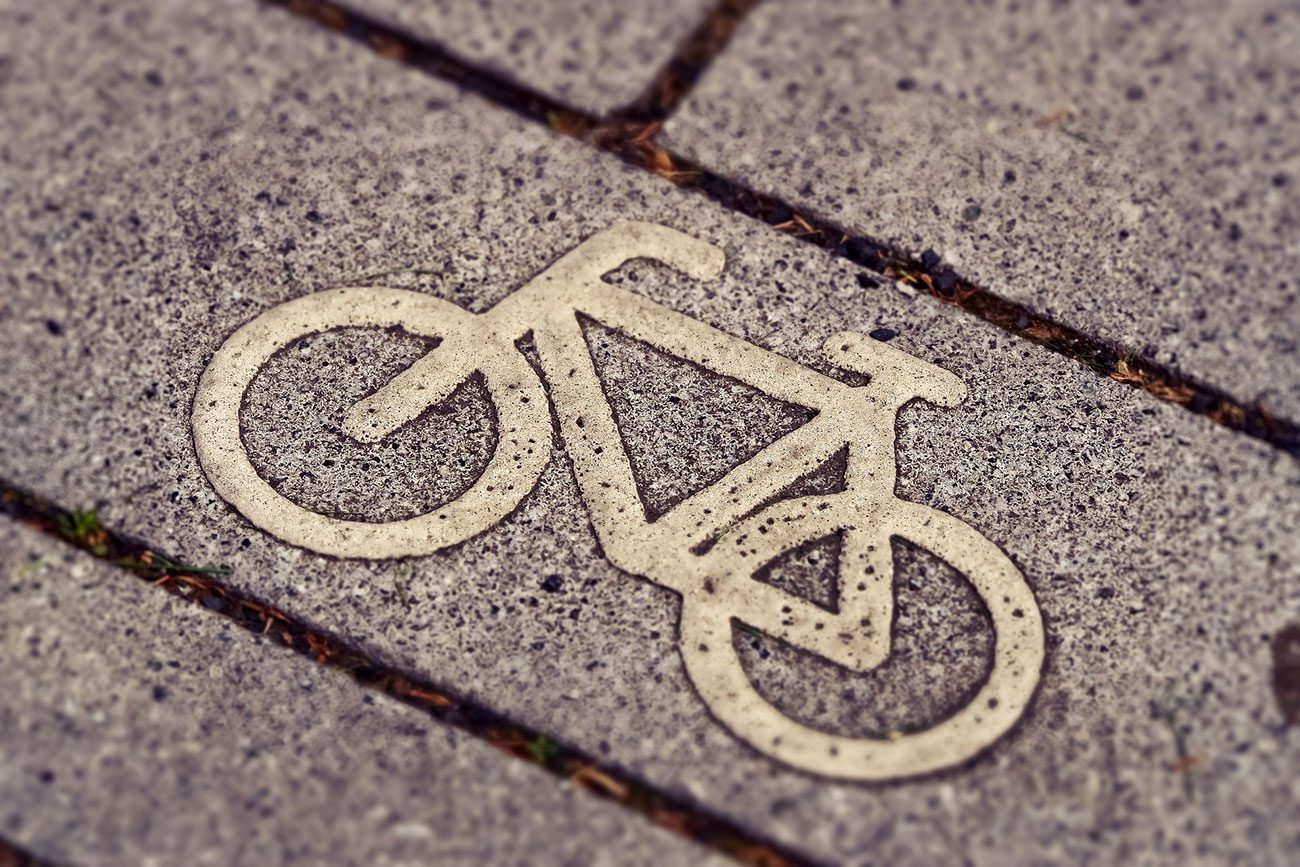Cyclists travelling towards the Minster could be allowed to use High Petergate during footstreet hours.
Plans to allow riders to cycle in the direction of the one way street between 10.30am and 5pm are being considered.
A report detailing a proposed six-month trial of the idea is being put before a decision session for the executive member for transport on Wednesday (24 October).
The changes would permit cycling in High Petergate in a southerly direction from Bootham Bar to Duncombe Place, a part of the ‘Way of the Roses’ long distance cycle route through York.
It’s intended that another report will be brought back for review, after six months in operation, including consultation feedback. This will help to decide if this should be made permanent.
‘Safe alternative route’
Executive member for transport Cllr Andy D’Agorne said it was all about encouraging people out of their cars on to their bikes. He said:
-
The recent completion of Scarborough Bridge has made this whole area more accessible for people travelling by bike, on foot or using mobility aids between the railway station and the city centre.
The opening of the new fully accessible bridge is already playing an important role by improving connectivity between existing cycle routes and footpaths, making it easier than ever before for people to cycle into the centre of York.
Relaxing the current restriction, on cycling along High Petergate during this trial will help to further promote this safer alternative in York’s city centre for many journeys.
It would also join up a gap in the cross-centre cycle route “which otherwise avoids footstreets, from Bootham past the Minster, through Aldwark to Hungate Bridge and Walmgate,” he added
Already happening

The road is on the Way of the Roses National cycle route and is a key link in the city’s cycle network with a high number of cyclists using the route during the permitted period.
However, a recent council survey also recorded around 30 cyclists per hour riding their bikes along this route during the footstreet hours.
Taking this into consideration, and that the police accident database has no record of casualties linked to cycling during these footstreet hours since their introduction in 2000, the council is looking at relaxing the current restrictions.
If approved, it’s proposed that the council will carry out extensive consultation with interested parties during the first six months of the experiment.
This would enable people to form their views based on real experience and observations. Comments can be made throughout the experimental period.
The trial would cost approximately £5K to implement, monitor, and report back on.
